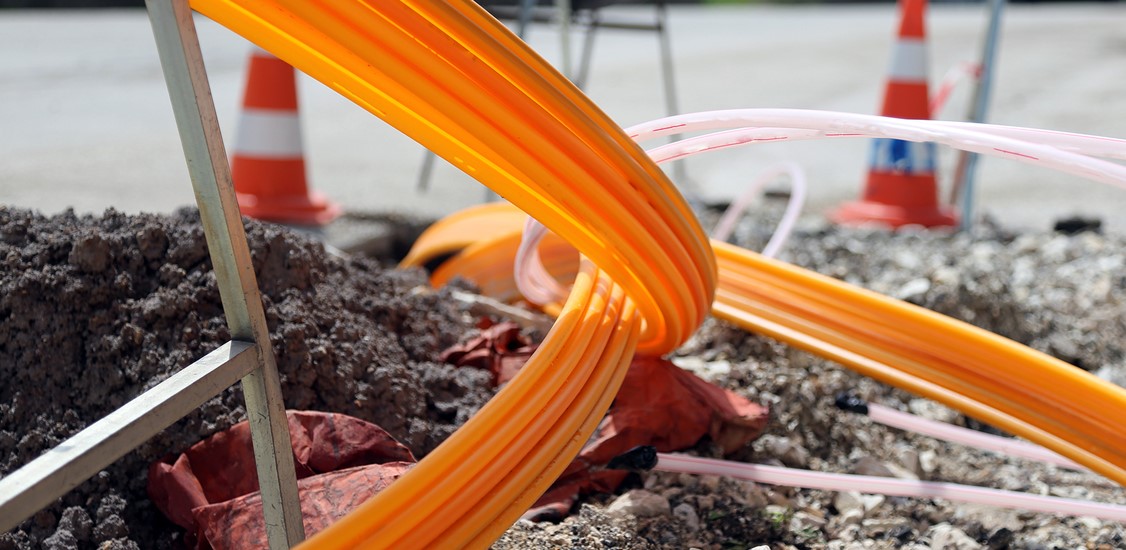For so many people living in rural or low-income city neighborhoods, access to high-speed fiber-fed broadband would be a game changer. Jobs are going remote, school is taught at a distance, and broadband is opening the door to telemedicine, reducing the need for trips to the doctor, but many people across the country still have no access to these options. After the pandemic hit, local governments rushed to step in to broaden internet access in rural and less affluent city neighborhoods, but unfortunately, in 18 U.S. states, legal restrictions still make establishing municipal broadband prohibitively difficult.
Federal governments will have to update their broadband information with expert input before their grant money can start flowing, but for now, communities can access infrastructure money going directly to the state or the city. With it, they can bring in broadband experts and facilitate its rapid deployment by removing roadblocks. By taking opportunities to pursue creative partnerships, communities can make broadband happen without having to worry about building it out themselves.
Here are some examples of communities that already have.
Asking a neighbor
Within communities, several networks for broadband partnerships already exist – between the city, the county, electric cooperatives, and even groups from the next town over. When Shrewsbury, Massachusetts sought to build out its fiber network, it already had municipal cable TV, and bigger western cities at its edges were driving its growth. Shrewsbury knew that to get economic development in its community up to speed, it needed a fiber network, so the locals called on our team to outfit them with the capacity to handle it. When those in the neighboring town of Sterling heard the news, they turned to their friends in Shrewsbury for their more expert support.
Sterling’s city councilman reached out to Shrewsbury’s about broadband fiber, then the general manager from Sterling Municipal Light Department joined the conversation. At the same time, Sterling’s people were working with key players from the two towns in between that Shrewsbury’s fiber needed to cross. At first, those in Shrewsbury helped with some setup, but now Sterling has its own group working on it, and both are running two separate municipal fiber projects. There was no coalition, and everything was separate, but they worked through it like they were one team. The project required the cooperation of four communities and probably wouldn’t have ever come to pass by any other means.
Looking to the experts
Even without the expertise, rural communities can build out their own broadband networks by forging partnerships with private companies and nonprofits that dedicate their business to the industry. In July 2020, West Des Moines, Iowa added itself to the list of cities like Austin, Atlanta, and Seattle, announcing its plans to invest nearly $40 million in a partnership with Google Fiber to achieve affordable, universal high-speed internet access. The model is uncommon, but it enables each party to play to their own strengths, with the cities managing the infrastructure and the technology companies providing the services, according to project consultant David Lyons.
Nobody knows the needs and capacities of a locality better than the local people, which is why Cincinnati Bell joined a public-private partnership with the community for their fiber buildout. The private broadband company provides the services, and the nonprofit Butler Rural Electric Cooperative (BREC) provides some financial assistance to get the fiber into the networks. Through the partnership, Cincinnati Bell delivers on its commitment to bring high-speed fiber-based internet to underserved populations, BREC furthers its mission of improving the quality of life and electric reliability for more members, and the state of Ohio moves forward with its goal to expand broadband to rural and low-income communities. With creative community partnerships in broadband deployment, everyone wins.
There’s still room for improvement in cities
Coming from a farm, I know how important it is to build out rural broadband, but even major cities still lack universal access. In New York, the most densely populated city in the U.S., 1.6 million residents still lack broadband connectivity. In Dallas, 42.3% of households have no fixed internet access. Building out a network in less affluent areas where fewer customers can afford services presents a challenging equation, but solving it would also open up so many opportunities for the people who need it most. With the support of nonprofit, political, and local action groups, communities can organize to make it happen.
Sometimes we hear a big city name and assume it has broad and reliable internet access, but that’s not always the case. Nestled at the edge of the populous city of Providence, Rhode Island, for example, residents in Olneyville have a shorter life expectancy, more poverty, and the lowest in-home rates of internet access of any Rhode Island neighborhood. As the pandemic drove those wedges deeper, the nonprofit group One Builders Network (OBN) joined with its IT partner, Brave River Solutions, and major cities like Detroit, New York, and Pittsburgh to launch a wireless connectivity initiative in the struggling Providence suburb. Already, local elected officials from Olneyville’s surrounding neighborhoods are reaching out to OBN for support.
There is no single recipe for community partnerships in universal broadband deployment. From rural to inner-city, these four very different communities crafted different attempts with different approaches to address the same goal of more equitable internet access, crucial to closing today’s digital divide. Access to better paid, more flexible work and improved educational tools can help pull people out of poverty, and with the pace of innovation today, small businesses will become increasingly dependent on broadband to stay competitive. If you follow these examples and start taking steps to act now, your community can have a much easier time adjusting to the future of connectivity.






















